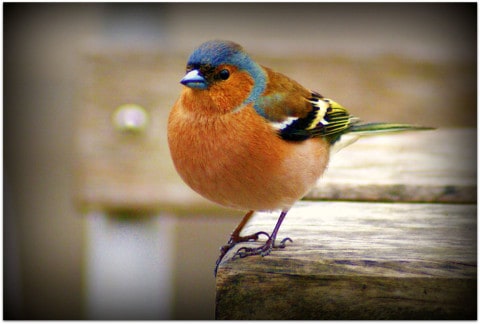Many people dream of owning a puppy or kitten, and students are no exception. Unfortunately, the amount of money and time students can afford to spend on a pet is often insufficient. Satisfy your craving for a companion with a more manageable buddy instead.
First things first, though: before any student commits to owning an animal, they need to think thoroughly and honestly about what commitment they can offer. Attributes to consider are lifespan, mobility, food and health expenses, space needs and required equipment.
You should also be sure to check with your landlord to avoid the heartbreak of having to get rid of a pet you didn’t realize was not allowed. If all of this information is kept in mind, there’s no reason why a perfect pet  can’t be found for any lifestyle.
can’t be found for any lifestyle.
The simplest choice may seem obvious — fish — but be sure to do some research before you bring anything home. The quintessential image of a goldfish in a round glass bowl is actually not realistic, since it turns out most fish do poorly in such a small environment.
If you want the lowest maintenance fish environment, you’ll need to swallow a cost up front — tanks with filters don’t require their water changed every few days like bowls do. Without a filter, a one gallon bowl is ideal, though if your space allows it, you can find one as large as three gallons.
Ghost shrimp work well in a still water environment, as do mystery snails, whose shells come in a delightful variety of shapes and colours. There is some disagreement over whether betta fish, or Siamese fighting fish, should be kept in bowls, but an equally pretty alternative is a paradise fish — though you may need to seek specialty stores to find one. Look into food needs, water temperature, pH levels and ideal environments — some equipment may be required to care properly for your aquatic friends.
Rodents of all breeds are popular choices, but although they are small, they require work. Rodents need their cages cleaned, wood chippings replaced, soft material for bedding, fresh water and fresh food every few days, or things are going to get smelly very quickly.
Also, be warned — not all rodents are a short-term investment. If you’re looking for a companion during your undergrad, but not something that will restrict your movement after graduation, hamsters are a good bet, as their average lifespan is around two years.
Guinea pigs, on the other hand, can live up to eight years, house rabbits 12 and chinchillas 20. Animal shelters are frequently overwhelmed with these larger rodents when owners tire of them after a few years, so check a pet’s lifespan before you commit.
If fluffy doesn’t do it for you, try a reptile instead. Tortoises are popular and appealing, but don’t go down that road unless you’re committed — they require minimum 40 gallon tanks, veterinary care, humidity and climate control, all of which are pricy. Plus, many breeds can live up to 50 years.
For something lower key, try an anole, a type of arboreal lizard. Anoles will still need a proper terrarium with heating and lighting control, but 10 gallons will do, as they grow to be about 20 centimetres in length. They live for around seven years, and you can also grow your lizard family if you choose, since anoles of the same sex can share a tank without squabbling.
A final pet option is a bird. Finches are common and inexpensive and live around five years, though if you’re looking for a bird you can hold, go for a parakeet instead. They can be trained to climb onto your finger or shoulder and are talkative and responsive when spoken to — however, they can live to be 15 years old. Both these birds require large enclosures to stretch their wings and flutter around, which makes moving and travelling cumbersome.
Pets can be a fantastic addition to a student life, either as a placeholder for or alternative to a dog or cat. Just be sure that you’re ready to be a responsible friend to whatever companion you choose.
—
Photo: Flickr / patries71